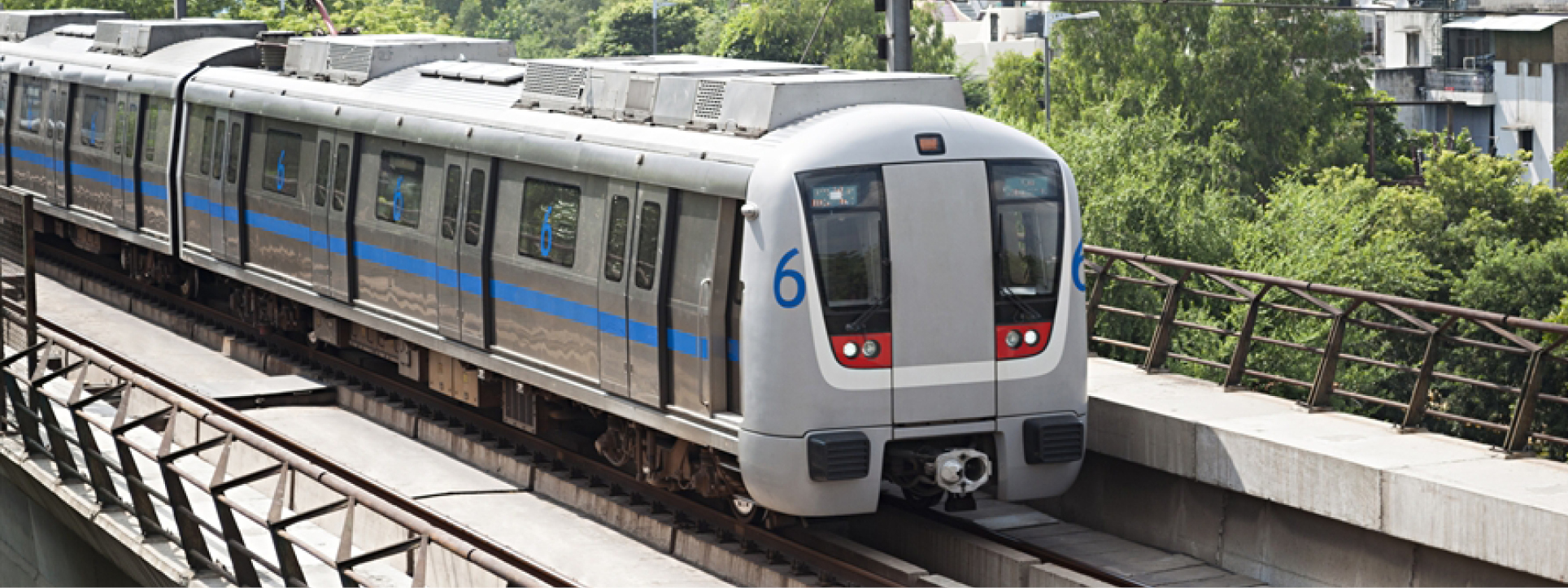Urban mobility is making great advancements in India. Rising consumer demands and government initiatives have driven the creation of more innovative, secure mobility services and, most recently the creation of the National Common Mobility Card (NCMC) program.
The vision is simple: One Nation, One Card. A consumer product that functions across in-store retail payments, transit, and eCommerce transactions, with scope to encompass healthcare payments, toll services and loyalty schemes. The reality, however, is far more complex.
Convergence between payments, transit ticketing and mobility services is creating new technical and business challenges for India’s traditional urban mobility ecosystem. For public transport operators and authorities (PTOs and PTAs) to succeed, standardization and greater technical support will be essential to harmonizing these ecosystems.
So, let’s take a closer look at the complexities of these converging ecosystems and the challenges for NCMC stakeholders.
The transit-payments balancing act
EMV® Chip specifications sit at the heart of the NCMC solution. These global payment industry specifications describe the requirements for interoperability between chip-based applications and payment acceptance terminals. Managed by industry body EMVCo, the specifications were originally designed for retail payments but are increasingly being used for transit ticketing.
At the same time, mass transit has its own requirements, making a simple extension of the payments world’s EMV model impossible – not to mention India’s own unique market requirements!
Need for speed. To meet speedy transit transaction times, authentication needs to be under 500 milliseconds.
PIN pain-points. Without PIN-based secure customer authentication, operators need smarter risk and fraud management to make contactless commercially successful.
Standby service. Mass transit doesn’t have the time or staff retail has to manage terminals and readers, so infrastructure needs to be ‘always on’ to keep throughput high.
Mitigating connectivity. A strong, consistent and speedy internet connection is not always possible. This makes offline authentication key and, as part of fraud management, can be complemented by adding stored value to cards.
A fare game. EMV is based on the proviso that transaction costs are known beforehand. While implementations such as TfL’s in London utilize a flat fare to overcome this, India’s distance-based price model makes this challenging. Smarter fare reconciliation at the end of the day is therefore required to encompass different travel distances and zones.
But what key considerations do PTOs and PTAs need to be making, and what value can championing this approach offer?
These requirements have been central to the definition of the scheme. But without any overarching standardization, delivering interoperable and successful deployments has proved challenging.
Therefore, a standardized deployment approach, managed by an independent testing entity and expert in defining test cases and automation is vital. This is already helping urban mobility players overcome the immediate challenges of integrating new solutions.
1. Defining requirements
Firstly, PTOs and PTAs need to define the requirements of their system to ensure resources and efforts are aligned with local needs. This could be reviewing what new form factors are accepted or what payment scenarios need to be included. Even before launching an RFP, expert technical support is invaluable in ensuring systems deliver the necessary functionality and operate seamlessly.
2. Getting to grips with payments
EMV standards are a brilliant interoperability and security foundation, but the path to compliance and final certification is complex. For PTOs and PTAs, understanding the requirements of EMV testing and certification is one hurdle, but other requirements such as those set by domestic and global schemes also need consideration.
3. Striking the balance
Consolidating payments and urban mobility requirements during integration is difficult and politically nuanced. With numerous stakeholders in the mix – which specifications need to be considered, and by whom? While banks will take care of EMV compliance for Levels 1, 2 and 3, no process is in place for testing offline transit transaction settlements, for example.
Standardization efforts will be crucial in bringing harmony to these stakeholders, ensuring interoperability and bringing about clearly defined working processes and areas of responsibility.
4. Quality assurance
Selecting the technology to be implemented for migration projects is vital, but so too is championing quality throughout testing and integration to ensure long-term operational efficiency.
Quality assurance also confirms solutions are reusable. To realize the full benefits of the NCMC scheme, a neutral partner can help you determine your efforts are uniform, universal and interoperable. This saves money and heartache further down the road when integrating with new partners or technologies.
5. Test, improve, integrate
A third-party with both global expertise and local experience is also far more likely to spot potential issues improvements during the test and development process. Plus, when bound to defined testing processes, recommendations will always be fair and unbiased.
Testing experts can also help enable automated test tools and processes. Long term, these will be vital in maintaining operational excellence and will deliver real efficiencies when upgrading software or integrating new technologies.

Next steps to standardization
The convergence of mass transit, payments and mobility services is exciting but complex. For all stakeholders to meet the gaps of testing expertise in their fields, an independent, neutral partner is crucial.
Fime India has supported Indian innovation for over 15 years and understands the challenges this market faces on the path to digital transformation. It has extensive experience in the EMV space, working actively with global and regional payment schemes including India’s RuPay scheme. Combined with its in-depth knowledge of the transit ticketing world, Fime is perfectly placed to support the market’s evolution and development.
Learn more how we can support your smart ticketing transformation.
You can also read our full article that was published in Indian infrastructure magazine - April 2019 issue.

